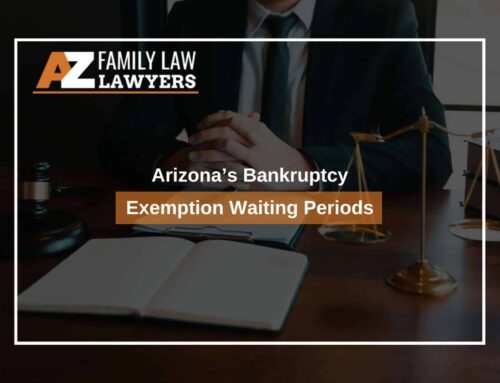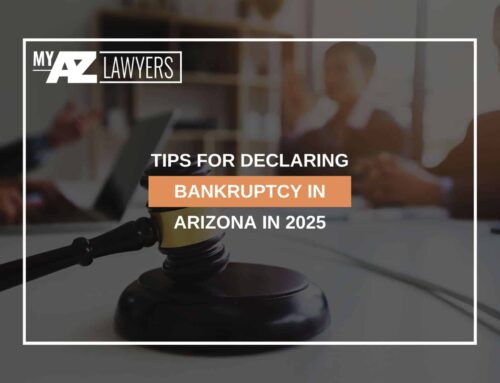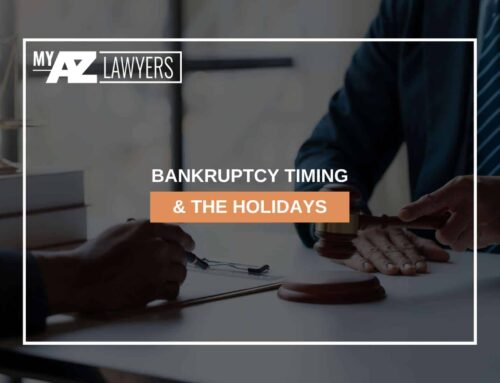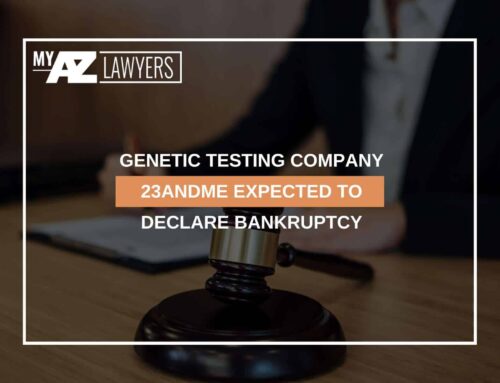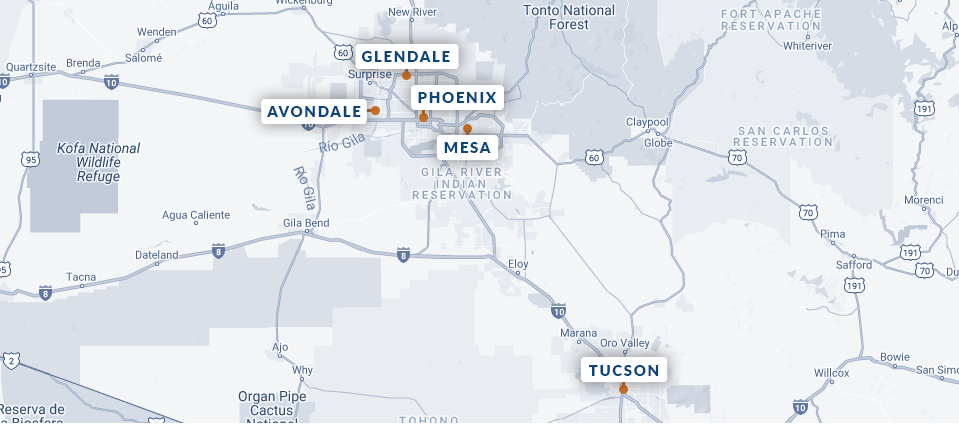Table Of Contents
How The End Of Mortgage Forbearance Will Impact Bankruptcy Filings
What Happens When a Mortgage Forbearance Ends?
During a mortgage forbearance, you may stop or reduce your monthly mortgage payments without action by your loan provider. For how every many months the forbearance lasts, your mortgage provider won’t initiate a foreclosure action due to missed payments. During times of financial strain, this can be a huge relief. However, the forbearance doesn’t eliminate the past-due balance. At the end of the forbearance, you will still owe any payments you didn’t make during that period, albeit without any late fees or other penalties you would typically be charged. If you’ve been taking advantage of a mortgage forbearance due to COVID-19, you may be wondering what to do once the forbearance ends.
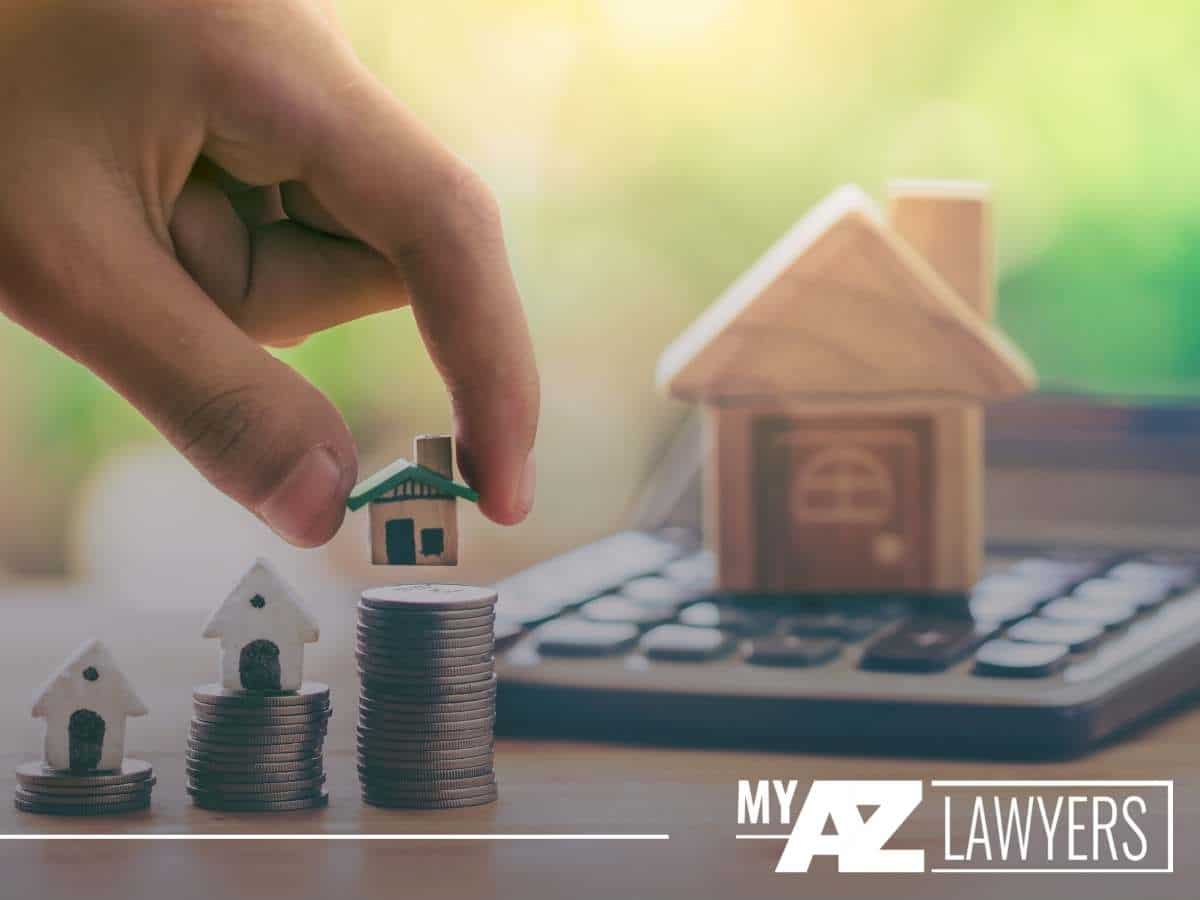
Options After Mortgage Forbearance
You should start formulating a game plan for your mortgage balance about a month before the forbearance ends. If your mortgage provider doesn’t reach out to work out an arrangement then, you should contact your mortgage provider yourself. One of the factors that will determine what options are available to you is whether your mortgage is government-backed.
An option that must be given to you at the end of your forbearance is to reinstate your mortgage. This means paying the full balance that you didn’t pay during the forbearance at once. Upon reinstatement, you will go back to making your usual monthly payments. This may simply not be possible for those who take advantage of a mortgage forbearance due to financial hardship.
One option your mortgage provider may offer you is a repayment plan. The amount you didn’t pay during the forbearance period will be spread out over a number of months, in addition to your usual monthly mortgage payments. Usually, your mortgage provider will give you 6 to 12 months to resolve the balance. This might be a great option for you if this is the only debt you need to catch up on at the end of the forbearance period.
If this type of arrangement isn’t feasible, your mortgage provider may offer for you to defer your forbearance balance. With this option, your mortgage lender may require you to pay your forbearance balance in one lump sum at the end of your mortgage term. You may also be given the option to extend your payment plan as opposed to a lump sum payment. However, this type of arrangement can cause issues if you sell the home before paying off your mortgage.
A final option your mortgage provider may offer is a loan modification. This is a permanent change to the terms of your original mortgage agreement. The term of your loan may be changed, or your monthly payments or your interest rate. You will most likely be required to complete a trial period of at least a few months before your modification can be finalized.
Your lender may not offer you all of these options, and the ones available might not work for you. Giving your home back to your mortgage provider isn’t your last option in these circumstances. Bankruptcy protects your assets from your creditors, and Chapter 13 bankruptcy provides a more realistic means for many to catch up on past-due mortgage payments. There will be several other advantages to filing bankruptcy if you struggle with other debts.
Can Bankruptcy Stop a Foreclosure in Arizona?
The moment a bankruptcy petition is filed, the debtor is protected by the “automatic stay.” The automatic stay freezes the assets of someone in an active bankruptcy so that they are safe from creditors. Creditors may not proceed with utility shutoffs, repossessions, wage garnishments, bank levies, and most importantly here, home foreclosures, while the automatic stay is in place.
The automatic stay will generally be active until the case is discharged or dismissed. However, creditors may request an exemption from the stay through a Motion for Relief from the Automatic Stay. If granted, the creditor may proceed with their chosen collection method, but other creditors are still precluded from pursuing payment from the debtor. Multiple filings could subject the debtor to an exploding stay, which expires after 30 days.
Forbearance & Bankruptcy
The two most common forms of consumer bankruptcy are Chapter 7 bankruptcy and Chapter 13. Both chapters trigger the automatic stay upon filing. However, Chapter 7 may not be as effective as Chapter 13 in stopping a foreclosure after a forbearance. You must remain current on payments for all financed assets that you want to keep in Chapter 7. You will only have 4-6 months, or how long a Chapter 7 bankruptcy typically lasts, to resolve the forbearance balance. If you are unsuccessful, you may end up with a home foreclosure, possibly a deficiency balance, and you will be disqualified from filing bankruptcy again for a certain number of years.
Forbearance & Chapter 13 Bankruptcy
Chapter 13 bankruptcy will give you much more time to address your forbearance balance than Chapter 7. Chapter 13 bankruptcy reorganizes your debts into a payment plan that lasts 3 years if you make less than your state’s median income, and 5 years if you make more. While most secured debts (e.g., your car loan) will need to be paid in full in your plan, your mortgage is excluded from this requirement. Your typical monthly mortgage payment will be rolled into your plan, as well as the remaining balance from your forbearance. When spread out over 3-5 years, it can be much more realistic to catch up on your past-due balance while remaining current on monthly payments.
Chapter 13 provides several other benefits besides giving you time to catch up on past-due mortgage payments. Depending on how much of your debt can be paid with your disposable monthly income, your unsecured debts (including some taxes) may be discharged with minimal repayment. Just like Chapter 13 can help you avoid a foreclosure, it can help you avoid a repossession of any item used as collateral for a loan, such as your car. You may also qualify to discharge junior mortgages on your home.
Learn About Your Options, Besides What Your Mortgage Company Tells You
If you’re one of the millions of people who have struggled due to loss of income during the pandemic, you may have been relying on a mortgage forbearance for several months. Your lender may be willing to work with you, or you may be left with limited options. Especially if you struggle with other debts, bankruptcy could be a fruitful course of action after a mortgage forbearance.
Contact Arizona’s Leading Bankruptcy Law Firm
To learn more about the benefits of bankruptcy, and receive a quote for Chapter 13 plan payments and legal representation, schedule your free consultation with our firm today. Our experienced Arizona bankruptcy attorneys have a thorough understanding of bankruptcy, and will represent you with the care and dedication to discharge your debts as efficiently as possible. Call or use our online form to schedule your free consultation today.
Arizona Offices:
Mesa Location:
1731 West Baseline Rd., Suite #100
Mesa, AZ 85202
Office: (480) 448-9800
Email: info@myazlawyers.com
Website: https://myazlawyers.com/
Phoenix Location:
343 West Roosevelt, Suite #100
Phoenix, AZ 85003
Office: (602) 609-7000
Glendale Location:
20325 N 51st Avenue Suite #134, Building 5
Glendale, AZ 85308
Office: (602) 509-0955
Tucson Location:
2 East Congress St., Suite #900-6A
Tucson, AZ 85701
Office: (520) 441-1450
Avondale Location:
12725 W. Indian School Rd., Ste E, #101
Avondale, AZ 85392
Office: (623) 469-6603



